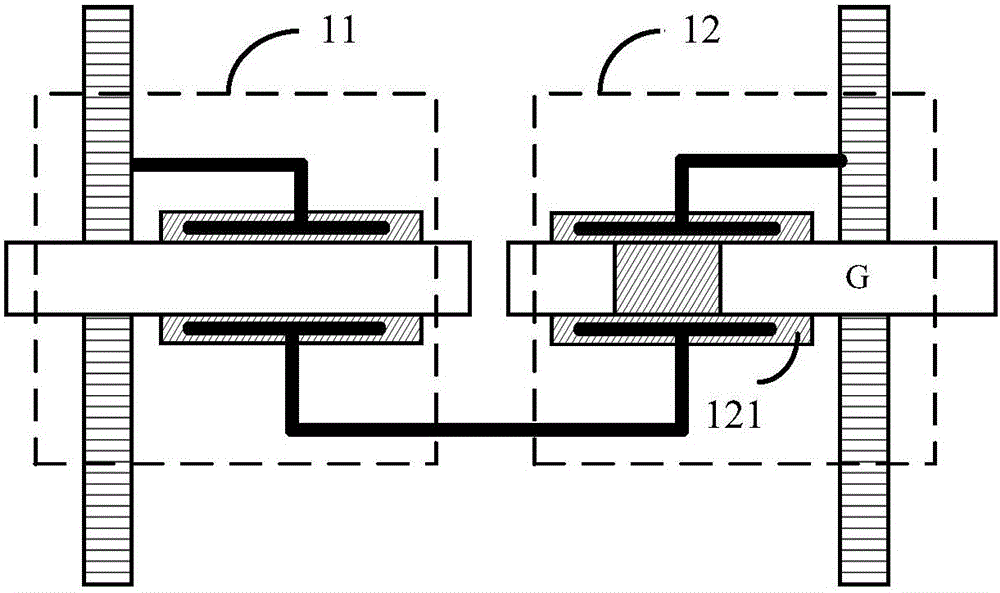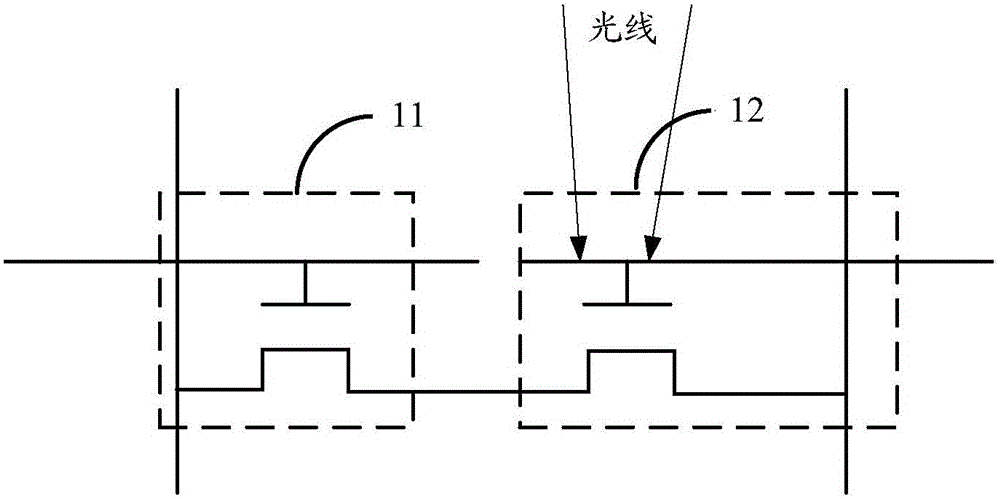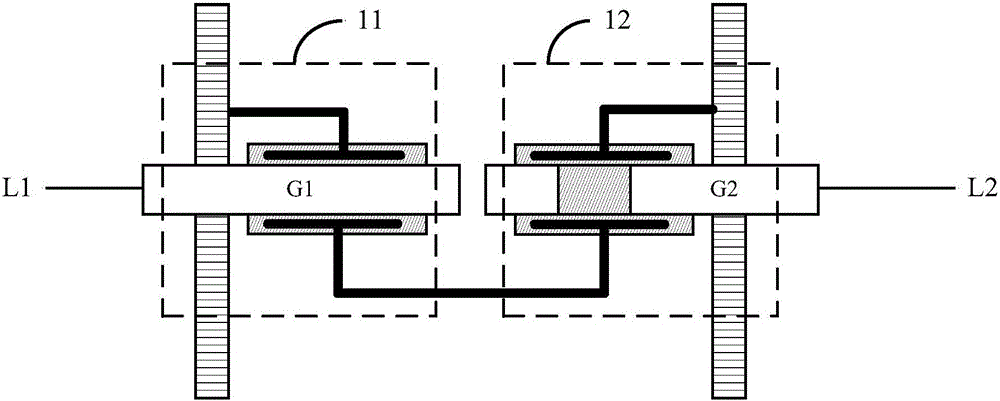Photosensitive device, display panel and display device
A technology of photosensitive devices and display panels, which is applied in the direction of semiconductor devices, electric solid devices, electrical components, etc., can solve the problems of unsatisfactory photosensitive effects and low sensitivity of photosensitive devices, achieve high recognition efficiency and speed, expand the scope of application, and improve The effect of sensitivity
- Summary
- Abstract
- Description
- Claims
- Application Information
AI Technical Summary
Problems solved by technology
Method used
Image
Examples
Embodiment Construction
[0029] In order to make the purpose, technical solutions and advantages of the present invention clearer, the present invention will be further described in detail below in conjunction with the accompanying drawings. Obviously, the described embodiments are only some of the embodiments of the present invention, rather than all of them. Based on the embodiments of the present invention, all other embodiments obtained by persons of ordinary skill in the art without making creative efforts belong to the protection scope of the present invention.
[0030] The technical solution involved in the present invention will be described in detail through specific examples below, and the present invention includes but is not limited to the following examples.
[0031] As shown in Figure 1(a), it is a schematic structural diagram of a photosensitive device provided by an embodiment of the present invention. The second thin film transistor 12 of the photosensitive unit; wherein, the first th...
PUM
 Login to View More
Login to View More Abstract
Description
Claims
Application Information
 Login to View More
Login to View More - R&D
- Intellectual Property
- Life Sciences
- Materials
- Tech Scout
- Unparalleled Data Quality
- Higher Quality Content
- 60% Fewer Hallucinations
Browse by: Latest US Patents, China's latest patents, Technical Efficacy Thesaurus, Application Domain, Technology Topic, Popular Technical Reports.
© 2025 PatSnap. All rights reserved.Legal|Privacy policy|Modern Slavery Act Transparency Statement|Sitemap|About US| Contact US: help@patsnap.com



